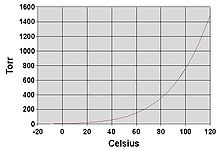I've read (tire rack, and other auto sources) it's normal for tires to lose 1 psi per month or so.....but also the weather/temperature changes affects the pressure too.
This winter, my TPMS light went on when we got our first "cold" days...I was like oh great, I got a nail.....turned out, nope, just needed air pressure. Filled up to 38 psi and good to go.
This winter, my TPMS light went on when we got our first "cold" days...I was like oh great, I got a nail.....turned out, nope, just needed air pressure. Filled up to 38 psi and good to go.


